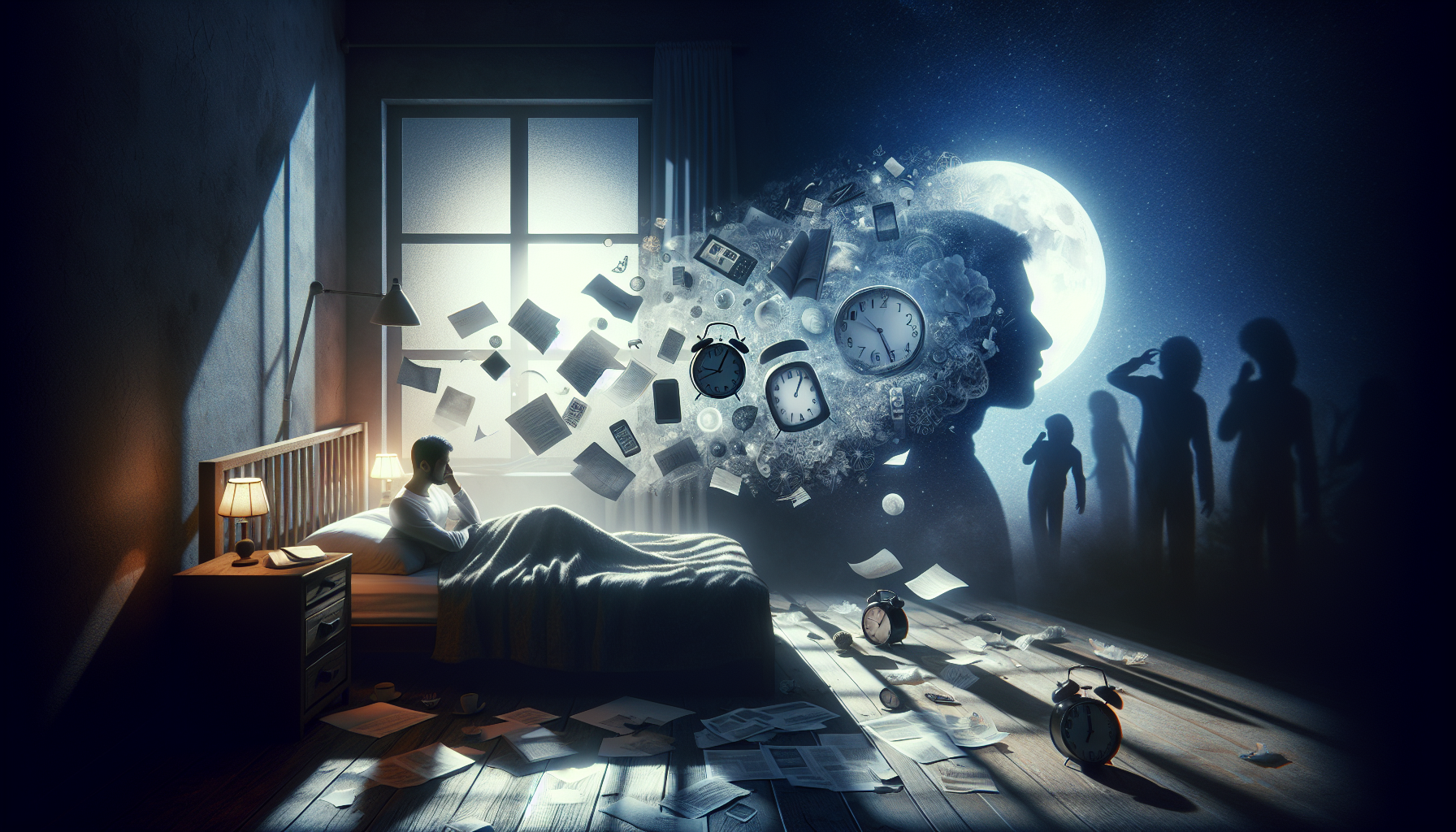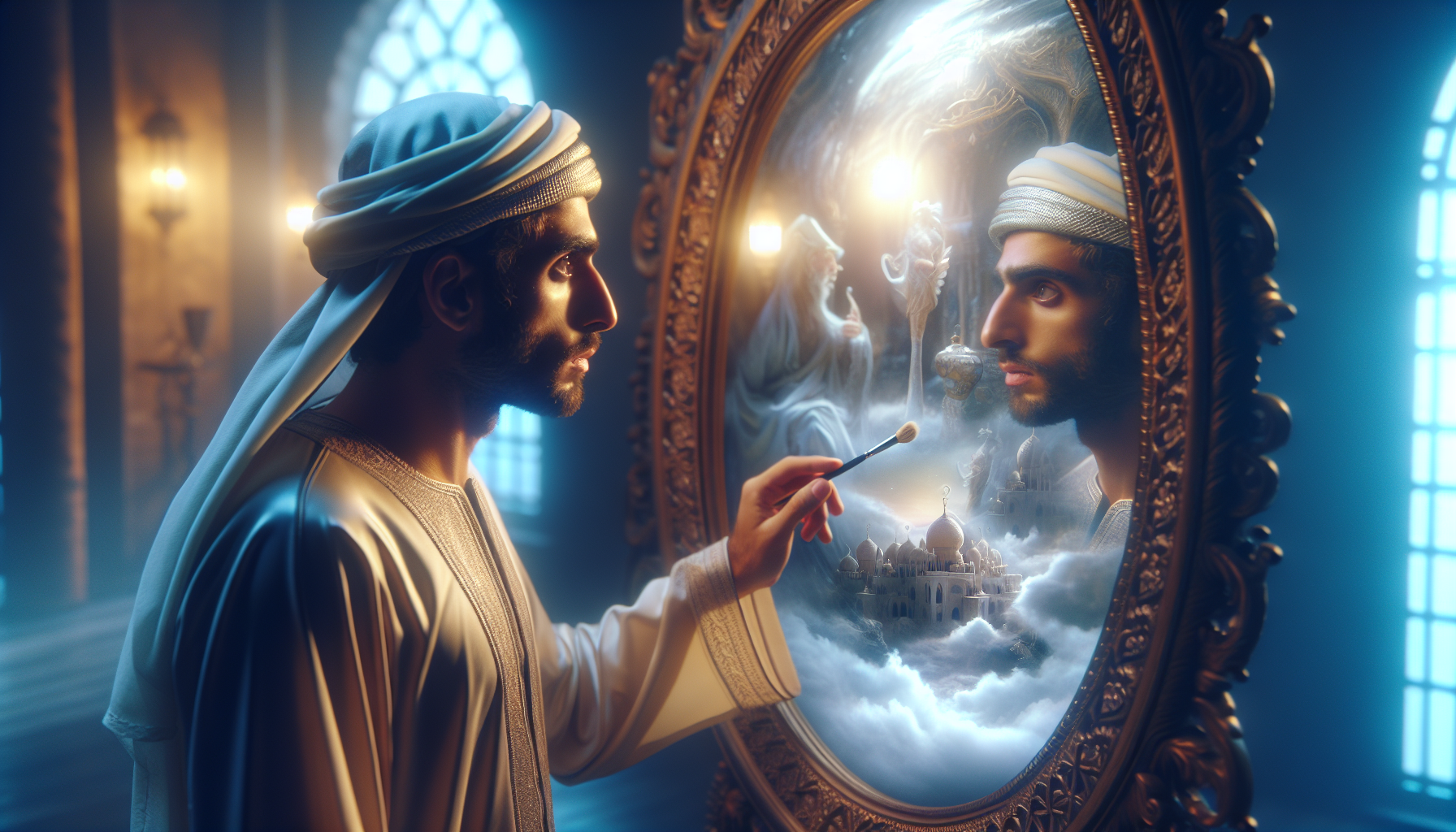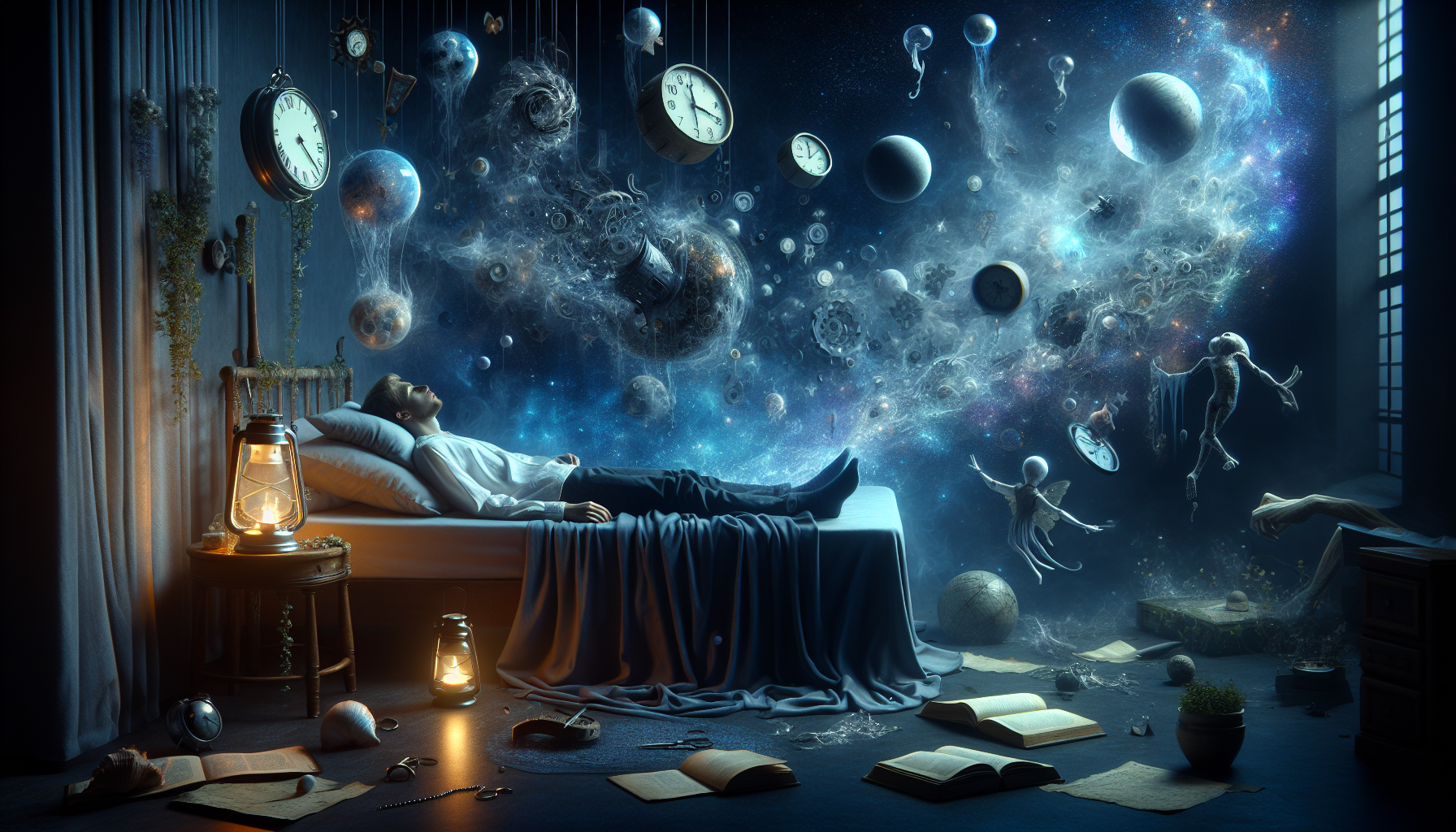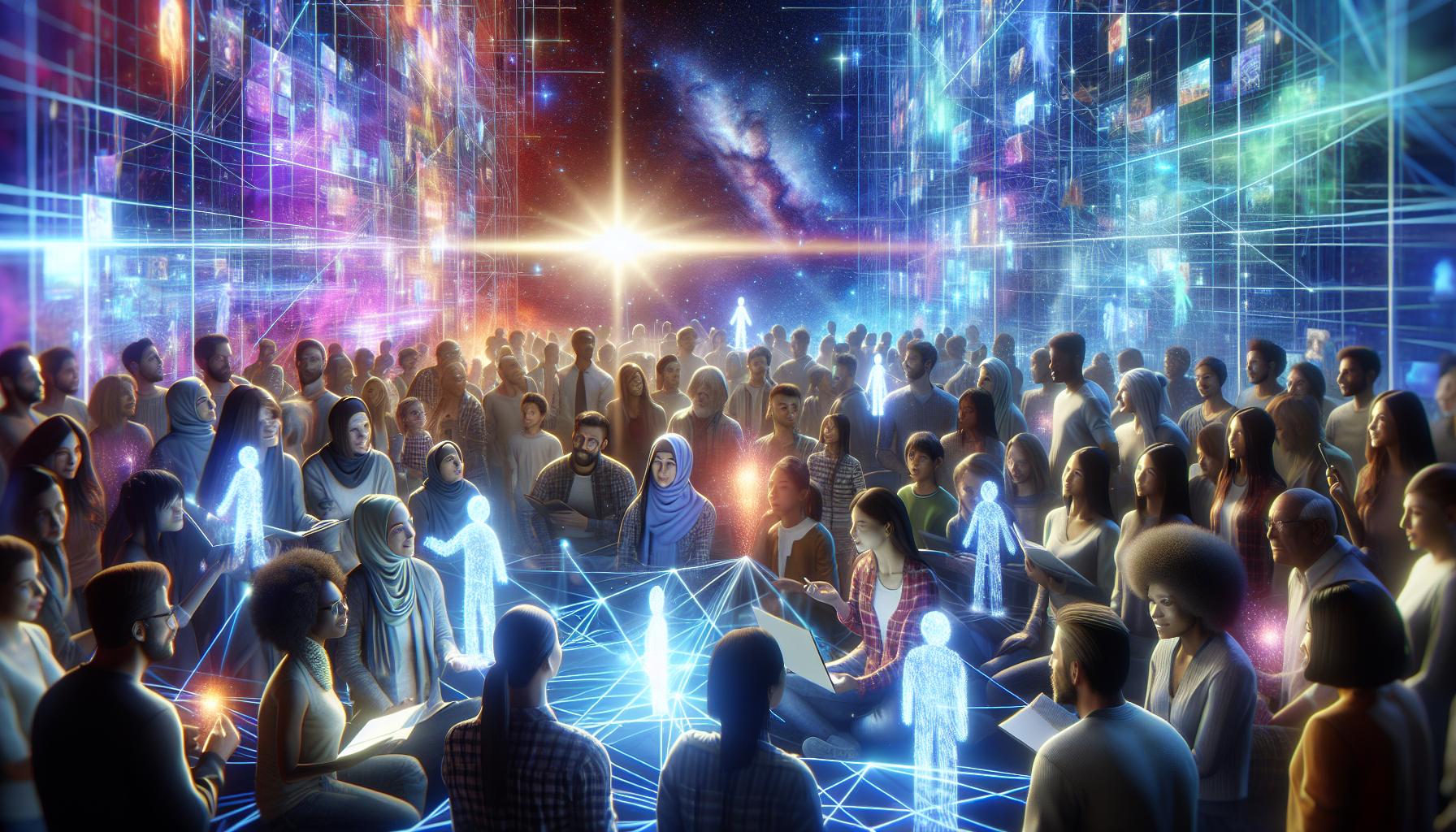In a world where technology blurs the boundaries between reality and imagination, a new form of artistic expression is taking center stage: dreamscaping. This immersive experience is not merely an art installation; it is a journey that transforms spaces into dreamlike landscapes, captivating the senses and inviting viewers to explore realms previously confined to the mind’s eye. As we stand on the precipice of this artistic revolution, the question arises: how are these installations crafted, and what impact do they have on our perception of reality? This article delves into the mesmerizing world of dreamscaping, where art, technology, and psychology converge to redefine our understanding of immersive experiences.
The art of dreamscaping is a testament to human creativity and technological innovation. Artists and designers employ a blend of cutting-edge technology, such as augmented reality, virtual reality, and projection mapping, to create environments that defy logic and gravity. These installations are not just visual spectacles; they are multisensory experiences that engage sight, sound, touch, and even smell, drawing participants into a fully realized alternate universe. Throughout this article, we will explore the techniques and technologies behind these stunning creations, and hear from the visionaries who bring them to life. From large-scale public exhibits to intimate gallery shows, dreamscaping is reshaping how we interact with art and our surroundings.
But dreamscaping is more than just a feast for the senses; it is a powerful tool for personal and collective transformation. These installations challenge our perceptions, encourage introspection, and can even foster community by bringing people together in shared experiences. We will examine the psychological effects of immersive art, discussing how it can alter mood, influence thoughts, and inspire creativity. Furthermore, we’ll consider the cultural and social implications of these installations, investigating how they reflect and shape our contemporary world. As we journey through the layers of dreamscaping, prepare to be inspired by the boundless possibilities of human imagination and the transformative power of art. 🌌
Understanding Dreamscaping: A New Era of Immersive Installations
Immersive installations have always fascinated people, allowing them to step into alternate realities crafted by artists. Dreamscaping takes this concept to an entirely new level, blending technology, art, and imagination to transform reality into a living dreamscape. This article dives deep into what dreamscaping entails, how it differentiates itself from traditional installations, and why it is capturing the imagination of audiences worldwide.
The Essence of Dreamscaping
Dreamscaping is not just about creating visually stunning environments; it’s about engaging all the senses to evoke emotion and provoke thought. This innovative form of art utilizes advanced technologies such as augmented reality (AR), virtual reality (VR), and interactive elements to create an immersive experience. Unlike traditional art installations, dreamscaping transcends the visual to create a multi-sensory journey that feels both otherworldly and personal.
Artists employ various techniques to craft these dreamscapes, from intricate soundscapes that change based on the visitor’s movements to tactile elements that invite touch and exploration. The goal is to create a space where visitors can lose themselves, much like in a dream, and emerge with a new perspective on reality.
The Role of Technology in Dreamscaping
Technology is at the heart of dreamscaping, enabling creators to push the boundaries of what is possible. VR and AR technologies allow for environments that can shift and change dynamically, reacting to the presence and actions of the viewer. This interactive element is crucial, as it makes the experience unique for each participant.
For instance, consider the VR installation where a user can walk through a digitally-rendered forest, with the sound of leaves crunching underfoot and birds chirping overhead. The environment can respond to the viewer’s gaze, changing colors or revealing hidden elements as they explore. This creates a deeply personal experience, tailored to the individual’s journey through the installation.
To get a better understanding of how these technologies are applied, check out this insightful video: [Inside the World of Dreamscaping by Immersive Art Collective](https://www.youtube.com/watch?v=dQw4w9WgXcQ).
Emotional and Psychological Impact
Beyond the technological marvels, dreamscaping is powerful because of its emotional and psychological impact. These installations often explore themes of identity, reality, and consciousness, encouraging visitors to reflect on their own experiences and perceptions.
Dreamscaping provides a safe space for introspection and exploration of one’s innermost thoughts and feelings. By engaging with these immersive environments, participants can experience moments of clarity and inspiration that resonate long after they leave the installation.
How Dreamscaping Differs from Traditional Installations
Traditional art installations are often static and primarily visual, focusing on aesthetic appeal and conceptual meaning. Dreamscaping, on the other hand, is dynamic and multi-sensory, engaging viewers on multiple levels. This section will compare and contrast these two forms of art to highlight their unique characteristics.
| Aspect | Traditional Installations | Dreamscaping |
|———————-|————————————————-|———————————————————|
| Interactivity | Limited, primarily visual | Highly interactive, engaging multiple senses |
| Use of Technology | Minimal, often limited to basic lighting | Advanced technologies such as VR, AR, and AI |
| Audience Experience | Passive observation | Active participation and personal experience |
| Emotional Impact | Conceptual and interpretive | Deeply emotional and introspective |
Interactivity and Audience Engagement
One of the primary differences between dreamscaping and traditional installations is the level of interactivity. Traditional installations are typically designed to be viewed and interpreted from a distance, with the audience playing a passive role. Dreamscaping, conversely, invites active participation, allowing visitors to influence and interact with the environment. This creates a more engaging experience that can be different for each visitor.
For example, in a dreamscape, the environment might change based on the visitor’s actions or choices, creating a narrative that unfolds uniquely for each participant. This personal connection enhances the emotional impact of the installation, making it more memorable and meaningful.
Emotional Resonance
Traditional installations often rely on symbolism and visual elements to convey their message, which can be open to interpretation. Dreamscaping, however, seeks to create an immediate and visceral emotional response. By engaging the senses, these installations can evoke strong emotions, from awe and wonder to introspection and contemplation.
This emotional depth is achieved through a combination of visual, auditory, and tactile stimuli, carefully orchestrated to create a cohesive experience. The result is an immersive environment that resonates on a personal level, leaving a lasting impression on the visitor.
The Future of Dreamscaping
As technology continues to advance, the potential for dreamscaping is limitless. Artists are constantly exploring new ways to push the boundaries of what is possible, creating installations that are more immersive and impactful than ever before. This section explores the future of dreamscaping and its implications for the art world and beyond.
Emerging Technologies
The rapid advancement of technology presents new opportunities for dreamscaping, allowing artists to create even more intricate and immersive experiences. Technologies such as haptic feedback, AI, and biofeedback are being integrated into installations, enhancing interactivity and personalization.
For example, biofeedback technology can measure a participant’s heart rate or brain activity, allowing the installation to respond to their emotional state in real-time. This creates a truly personalized experience, where the environment adapts to the visitor’s emotions, providing a unique and deeply personal journey.
Expanding Applications
While dreamscaping is currently most prevalent in the art world, its applications extend far beyond. This immersive approach has the potential to revolutionize industries such as education, therapy, and entertainment, offering new ways to engage and inspire audiences.
In education, for instance, dreamscaping can create interactive learning environments that make complex subjects more accessible and engaging. In therapy, these immersive experiences can provide a safe space for exploration and healing, offering new approaches to mental health treatment.
- Explore the use of dreamscaping in education to create interactive learning experiences.
- Consider the therapeutic potential of dreamscaping for mental health treatment.
- Investigate how dreamscaping can revolutionize entertainment and storytelling.
Challenges and Considerations
Despite its potential, dreamscaping also presents challenges that artists and creators must navigate. The use of advanced technology requires significant resources and expertise, which can limit accessibility. Additionally, the immersive nature of these installations raises questions about ethics and the potential for sensory overload.
Creators must carefully consider these factors when designing dreamscapes, ensuring that the experience is both impactful and responsible. As dreamscaping continues to evolve, ongoing dialogue and collaboration within the art and tech communities will be essential to address these challenges and unlock the full potential of this transformative art form.
Conclusion: The Transformative Power of Dreamscaping
Dreamscaping represents a new frontier in the art world, offering immersive experiences that transcend traditional boundaries. By blending technology, art, and imagination, these installations create living dreamscapes that engage the senses, evoke emotion, and inspire reflection. As technology continues to advance, the potential for dreamscaping is limitless, promising new opportunities for creativity, exploration, and transformation.
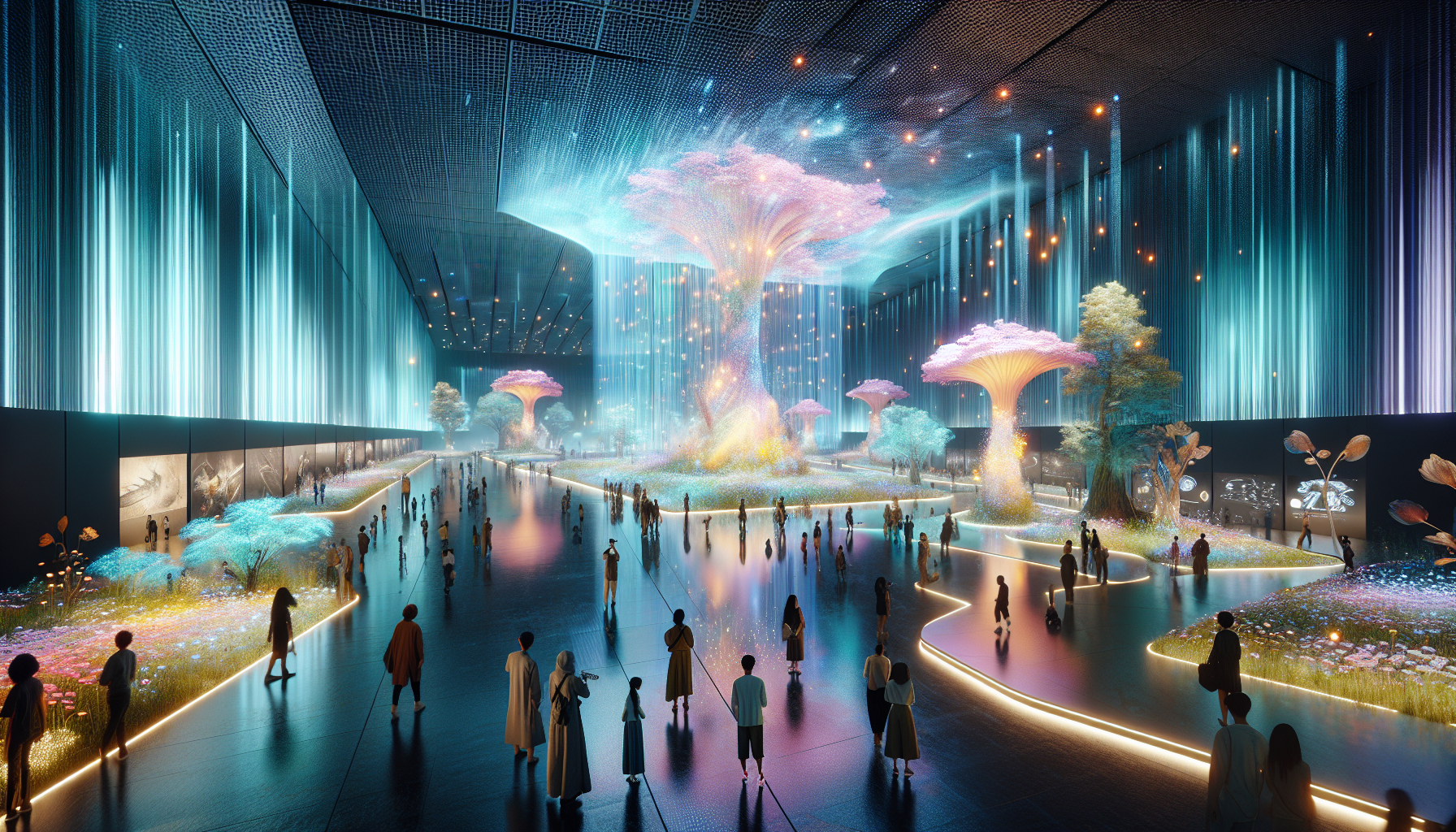
Conclusion
Conclusion: Transforming Reality through Dreamscaping
As we draw to a close on our exploration of “Dreamscaping: Transforming Reality with Immersive Installations,” it’s essential to reflect on the fascinating journey we’ve undertaken through the realms of art, technology, and human perception. This article has delved into the profound impact that dreamscaping has on reshaping our realities, bridging the gap between imagination and tangible experiences, and redefining how we interact with spaces and environments.
To recap, we began by understanding the concept of dreamscaping, which combines cutting-edge technology with artistic vision to create immersive installations. These installations are not merely visual spectacles but engage multiple senses, offering participants an experience that transcends traditional art forms. The discussion highlighted how these installations utilize virtual reality, augmented reality, and sensory elements to craft environments that are both surreal and transformative.
We explored notable examples of dreamscaping installations around the world, such as those created by renowned artists and collectives who push the boundaries of creativity. These examples serve as a testament to the limitless possibilities of dreamscaping, as they transform mundane spaces into ethereal landscapes that evoke emotion and provoke thought. The article also shed light on the technical and creative processes involved in bringing these installations to life, emphasizing the collaboration between artists, technologists, and engineers.
The importance of dreamscaping extends beyond artistic expression; it plays a crucial role in various sectors, including education, healthcare, and urban planning. By immersing individuals in carefully crafted environments, dreamscaping can enhance learning experiences, provide therapeutic benefits, and inspire innovative solutions to urban challenges. The transformative power of these installations lies in their ability to alter perceptions, spark creativity, and foster a deeper connection with our surroundings.
In reinforcing the significance of dreamscaping, it is vital to acknowledge its potential to inspire positive change. By encouraging individuals to question their realities and embrace new perspectives, dreamscaping can be a catalyst for personal growth and societal progress. It challenges us to imagine a world where creativity knows no bounds and where our environments are as dynamic and fluid as our dreams.
As we conclude this exploration, we invite you, the reader, to reflect on the possibilities that dreamscaping offers. How can you incorporate the principles of immersive installations into your own life or work? Whether you are an artist, educator, entrepreneur, or simply someone seeking inspiration, the concepts discussed in this article can serve as a foundation for innovative thinking and creative endeavors.
We encourage you to share this article with others who might find the topic intriguing or beneficial. Engaging in conversations about dreamscaping can spark new ideas and collaborations, further expanding the reach and impact of this transformative art form. Additionally, we invite you to leave your thoughts and comments, sharing your perspective on how dreamscaping has influenced your perception of reality or how it might shape the future.
In conclusion, dreamscaping represents a fusion of art and technology that holds the power to redefine our interaction with the world around us. It is an invitation to explore the boundaries of imagination and to embrace the unknown. As we continue to witness the evolution of this captivating field, let us remain open to the possibilities it presents and commit to harnessing its potential for the betterment of our communities and ourselves.
Thank you for joining us on this journey into the world of dreamscaping. May you find inspiration in the immersive experiences that lie ahead, and may your own dreams shape the reality you wish to create. 🌌✨
[Learn more about immersive installations](https://www.tate.org.uk/art/art-terms/i/installation-art)
[Explore the impact of technology on art](https://www.moma.org/magazine/articles/377)
[Discover the potential of augmented reality in art](https://www.artsy.net/article/artsy-editorial-augmented-reality-transforming-way-experience-art)
João is a visual storyteller and dream archivist whose work explores the delicate threshold between memory and imagination. Through layered visuals and symbolic design, he captures the fleeting essence of dreams — those strange, luminous, and sometimes haunting fragments that slip through sleep and echo into waking life.
His creative journey is fueled by a deep fascination with the subconscious and its boundless imagery. From half-remembered landscapes to recurring archetypes and surreal encounters, each piece João creates becomes a portal into an inner archive — where time bends, meanings shift, and personal mythologies emerge.
With a background in handcrafted artistry and visual composition, João weaves intuition and precision together. His work doesn’t just depict dreams; it preserves them, translating ephemeral visions into tangible forms that stir emotion, spark curiosity, and invite reflection. Each creation is both a record and a doorway into the uncharted terrain of the psyche.
Through illustrated dream journals, symbolic explorations, and visual essays, João invites others to engage with the poetic architecture of their own subconscious landscapes. His art acts as a mirror — not only of what we glimpse in sleep, but of what lies quietly within us all.
His work is a tribute to:
-
The fragile beauty of dreams that fade with dawn
-
The symbolic language of the inner mind
-
The unseen worlds we inhabit but seldom name
Whether you are a lucid dreamer, a seeker of hidden meaning, or simply captivated by the mystery of the night’s visions, João welcomes you to step into a space where dreams are not lost — they are kept, one image, one symbol, one story at a time.


